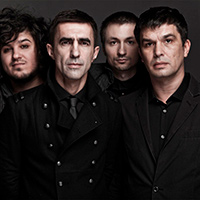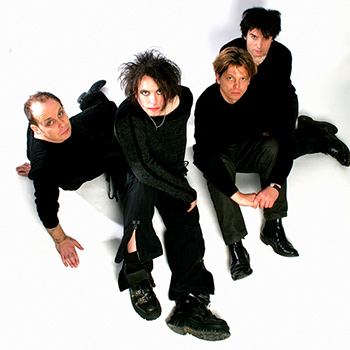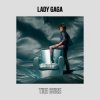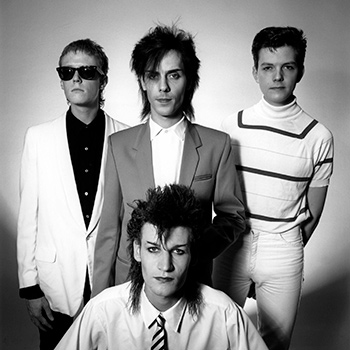

The Cure — a British rock band formed in 1976 in Crawley, Sussex. The group is regarded as one of the key pioneers of gothic rock, post-punk, and darkwave, as well as one of the most influential alternative rock bands of the 20th and 21st centuries.
The founder, vocalist, songwriter, and constant leader of the band is Robert Smith. His image — messy black hair, heavy eyeliner, smudged lipstick, and melancholic voice — became a symbol of gothic culture.
The Beginning (1976–1979)
-
The band started as a school project called Easy Cure.
-
In 1978, the name was shortened to The Cure, and they signed with Fiction Records.
-
In 1979, they released their debut album “Three Imaginary Boys” followed by the breakthrough single “Boys Don’t Cry”, which became an anthem of teenage melancholy and loneliness.
The Birth of Gothic Rock (1980–1982)
The early 1980s marked the peak of The Cure’s dark sound. The following albums defined their signature style:
| Year | Album | Description |
|---|---|---|
| 1980 | Seventeen Seconds | Atmospheric, minimalistic, cold sound. |
| 1981 | Faith | Sorrow, spiritual crisis, iconic track “The Funeral Party.” |
| 1982 | Pornography | The culmination of darkness: depression, aggression, and Smith’s famous line “It doesn’t matter if we all die.” |
These works shaped the gothic rock genre and influenced Bauhaus, Joy Division, Depeche Mode, HIM, and Placebo.
Shift Toward Pop Rock and Global Fame (1983–1992)
Robert Smith moved away from the darker sound toward a more accessible one — resulting in hits like:
-
“The Lovecats” (1983)
-
“In Between Days” (1985)
-
“Close to Me”
-
“Just Like Heaven” (1987)
In 1989 came their masterpiece — “Disintegration”:
-
Atmospheric, romantic, and melancholic.
-
Includes legendary songs: “Lovesong”, “Pictures of You”, “Lullaby”.
-
Widely considered The Cure’s best album and creative pinnacle.
1990–2000: The Ultimate Alternative Icon
-
The band headlined major festivals such as Glastonbury, Reading, and Rock am Ring.
-
In 1992, they released “Wish” featuring hits like “Friday I’m in Love” and “High.”
-
The Cure became symbols of post-punk romanticism, and Robert Smith turned into an icon of alternative culture.
Later Years and the Present
-
Since 2000, the band has released “Bloodflowers” (2000), “The Cure” (2004), and “4:13 Dream” (2008).
-
In 2019, The Cure were inducted into the Rock and Roll Hall of Fame.
-
In 2022, Robert Smith confirmed the completion of “Songs of a Lost World”, one of the most anticipated releases among fans worldwide.
Fun Facts
-
“Lovesong” was Robert Smith’s wedding gift to his wife Mary.
-
“Friday I’m in Love” was written by accident — Smith thought it was Thursday and panicked about missing a release day.
-
Their music videos inspired filmmakers like Tim Burton and Guillermo del Toro.
-
Robert Smith once played simultaneously in two bands — The Cure and Siouxsie and the Banshees.
-
Their style defined the visual aesthetics of emo, dark romanticism, and even early gothic anime art.
Legacy and Influence
The Cure redefined rock music — proving that darkness can be poetic and sadness beautiful. Their lyrics are quoted, their imagery copied, and their influence continues to shape the modern scene — from Muse and Placebo to Billie Eilish and Måneskin.
The band remains active, and its frontman Robert Smith endures as the last romantic of post-punk.








